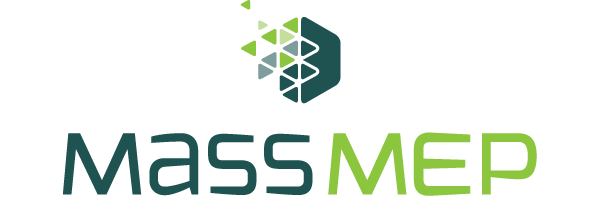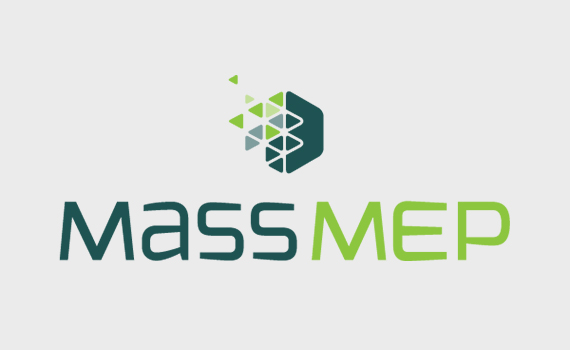Inspections and Audits for Manufacturing
By Darcy Cook, CHSO, SHS, PTA
Inspections and Audits are considered best practices in manufacturing. Although not specifically outlined in an OSHA standard the General Duty Clause and Hierarch of Controls used by OSHA would indicate these are two task are great ways to meet expectations of an effective Safety and Health Management System [SHMS].
An inspection typically involves looking at the day-to-day task and facility. Usually this is performed by walking through your facility and recording observations related to safety and compliance. You can look at a machine, a manufacturing line, a department, or the entire organization.
A safety audit is looking for gaps or weaknesses in an overall safety program by reviewing processes and procedures. It looks at the action items, who is doing it and communication. An audit allows you to verify if you are meeting or exceeding regulatory compliance and industry best practices.
Both tasks serve to identify and create the safest working environment possible.
What is Required?
The OSHA Code of Federal Regulations [CFR] is approximately 780 pages. Each page is a law that needs to be reviewed and applied to your business, if applicable. In other words, if you do not have power industrial trucks or overhead hoists in your building than those regulations would not apply to your business. Be mindful, that OSHA within those pages of regulation, has some very specific inspection requirements that might include manufacturing equipment, personal protective equipment, life safety and vehicles.
If you are not familiar with all the OSHA CFR laws, use this as a guide. The workplace is required to provide a place of employment that is “free from recognized hazards that are causing or likely to cause death or serious harm to employees.” This is OSHA’s General Duty Clause which you may be cited and fined.
So, when you are walking through your building every day, fix things that could cause harm, stop employees from performing unsafe acts. See Something Say Something should be an adopted belief and action your employees are taught.
The reason inspections and audits have a high value in a SHMS is because they help to identify potential problems and hazards before someone gets hurt.
Typically, OSHA will be knocking at your door, if they received a referral, because an employee was injured or an employee launching a direct complaint to OSHA. OSHA inspections result in fines plus the time lost during the investigation, correcting the findings, in production, replacement of staffing needs and it’s going to cost money to fix, repair or replace whatever caused or was impacted by the incident.
What’s my point? Prevention costs less. Do regular inspections and audits as part of your SHMS.
Conducting a Safety Inspection
Create a simple check off sheet to assist team leaders or supervisors who are new to performing these inspections. As you know, there are hundreds of regulations and trying to identify all the potential hazard in your building at the same time is even a big undertaking for a safety professional. We recommend you break down the regulations that apply to your business into small segments. Each month focus on 1-2 safety topics. It’s much easier to find hazards when you are only focused on looking for one or two types and not hundreds.
Make sure you create a process for getting any hazard identified in the inspection immediately corrected. In some cases, employees can do it or the department supervisor. Other times, you need to put a work order into maintenance/facilities. No matter what is needed, remember identification of hazards is only part of what is expected. You must abate and look for ways to decrease it from reoccurring.
Keep in mind that you should create a check off sheet for all the mandatory inspections required by regulation on a daily, weekly, monthly or annual basis. I find most manufacturers have this assigned to the maintenance department.
Finally, we do not recommend that you have a team leader or supervisor inspect their own department.
Here are a few things that all of your employees can be looking for;
- Are safety signs or warnings posted where appropriate?
- Is a first-aid kit available and adequately stocked?
- Is there a trip hazard or water on the floor?
- Are aisles or exit doors blocked?
- Is your PPE clean and without damage?
- Are all work areas properly lit?
When you find areas that need to be corrected during an inspection, it’s a positive not negative. Why? because they represent potential hazards and by finding it and correcting it, we have decreased or eliminated the risk of a serious incident or injury of an employee. By the way, doing these inspections and then correcting everything found in a timely manner become great key performance indicators [KPI] especially if you are completing the findings in under 30 days.
By conducting a thorough safety inspection, you can be sure your team is regularly checking for safety hazards, keeping your employees safe and your company out of trouble.
Conducting a Safety Audit
These are done a lot less frequently than an inspection. They are also usually completed by someone with safety experience and a working knowledge of the organization and its inner workings. While an inspection can be completed by anyone in organization.
Tips When Performing an Audit
- Take a walk through the entire facility and organization. Pictures tell a thousand words but not the entire story.
- Review the documents used to lead a SHMS. What’s missing? How are they used? Do they lead employees in safety practices.
- Observe the behavior and movement of the workforce. Does it look safe? What equipment or tools are they using or missing to be safer?
- Speak with the workforce. Ask them about what they know or don’t know. Why they do something the way they do it? Take photos or videos as needed.
- Create a report that is presented to a management level team. Discuss the findings and establish a plan to improve the process, resources, or behavior of workforce.
- If you are using a outside safety professional to do the audit, they should be providing recommendations and guidance in the plan to create a safer workplace.
Get Safety Professional Support, if needed.
Incorporating safety audits and safety inspections into your organization may seem daunting but important in identifying and preventing serious occupational incidents.
If you aren’t ready to start training your employees to conduct informal inspections on your own, you should consider finding a safety professional who can come in once a month, do the inspection and train your staff in a hands-on learning experience.
Reach out to your Mass MEP Business Development Adviser is you are might want some support on your internal inspections and audits.





